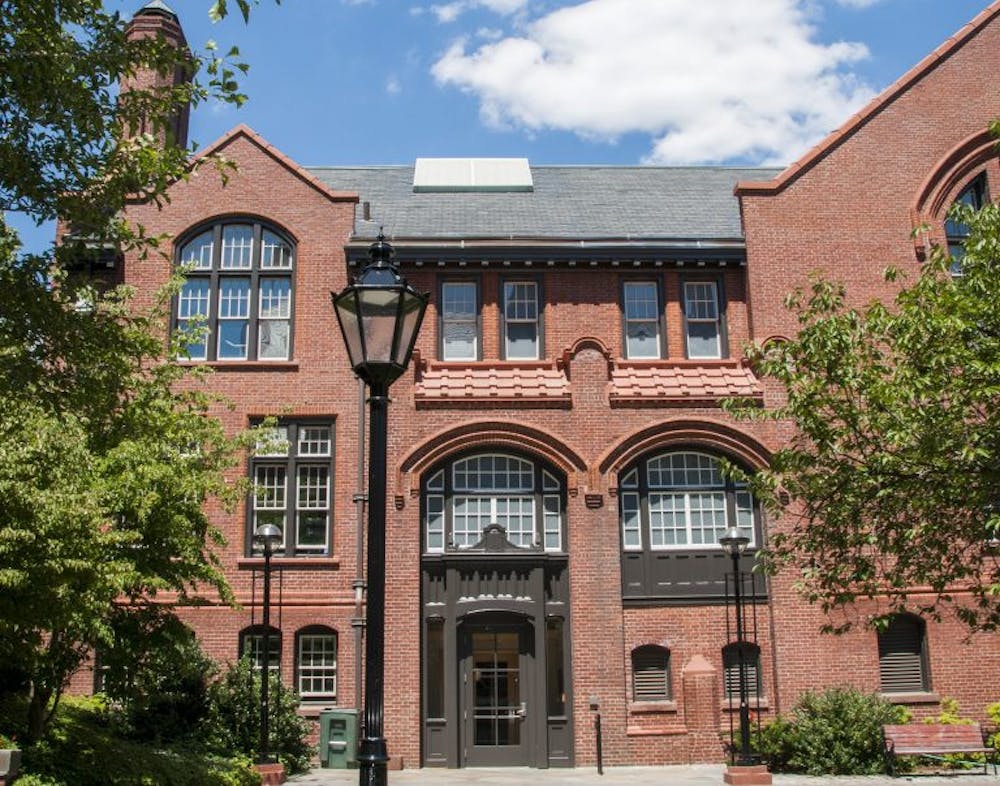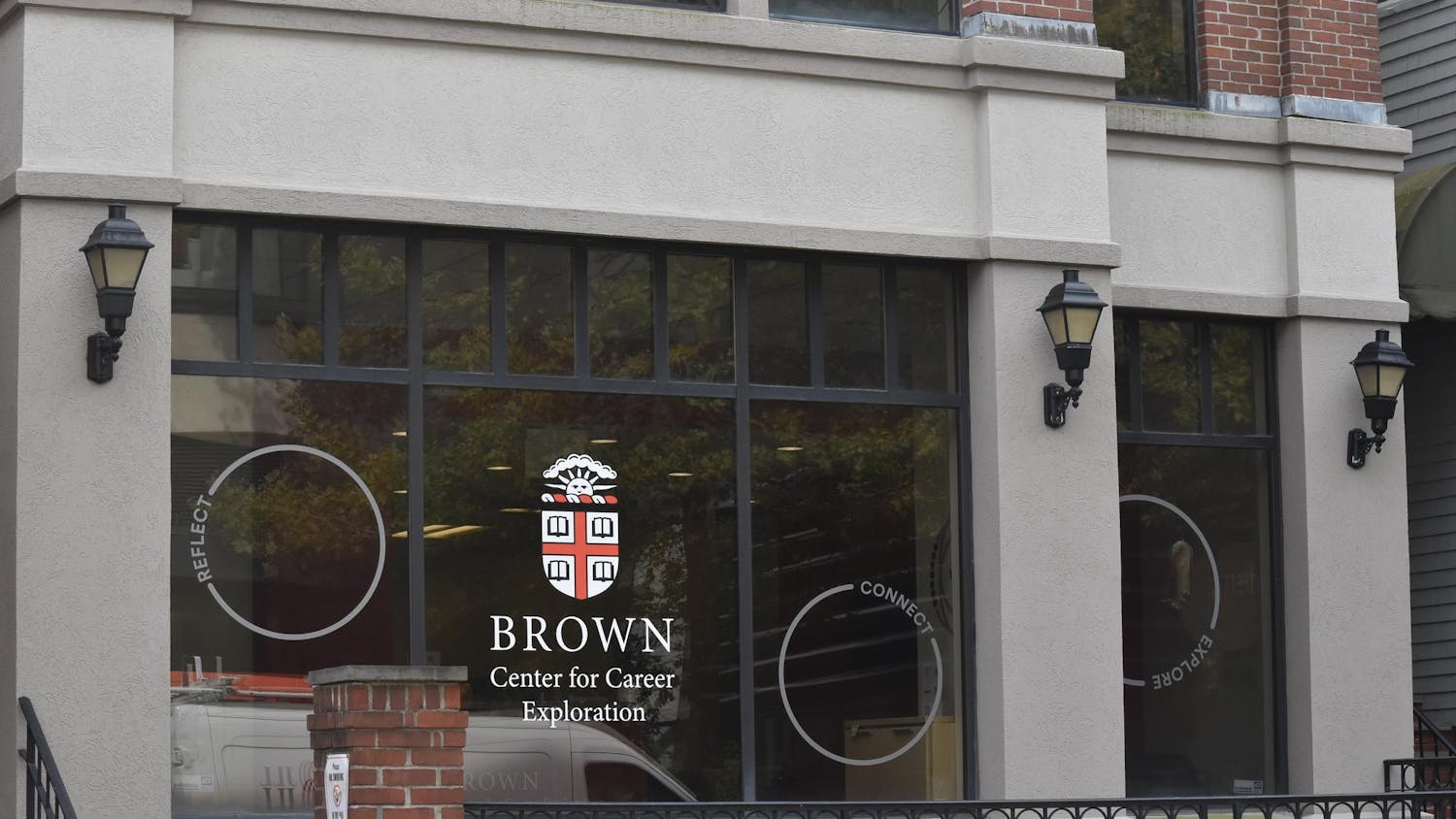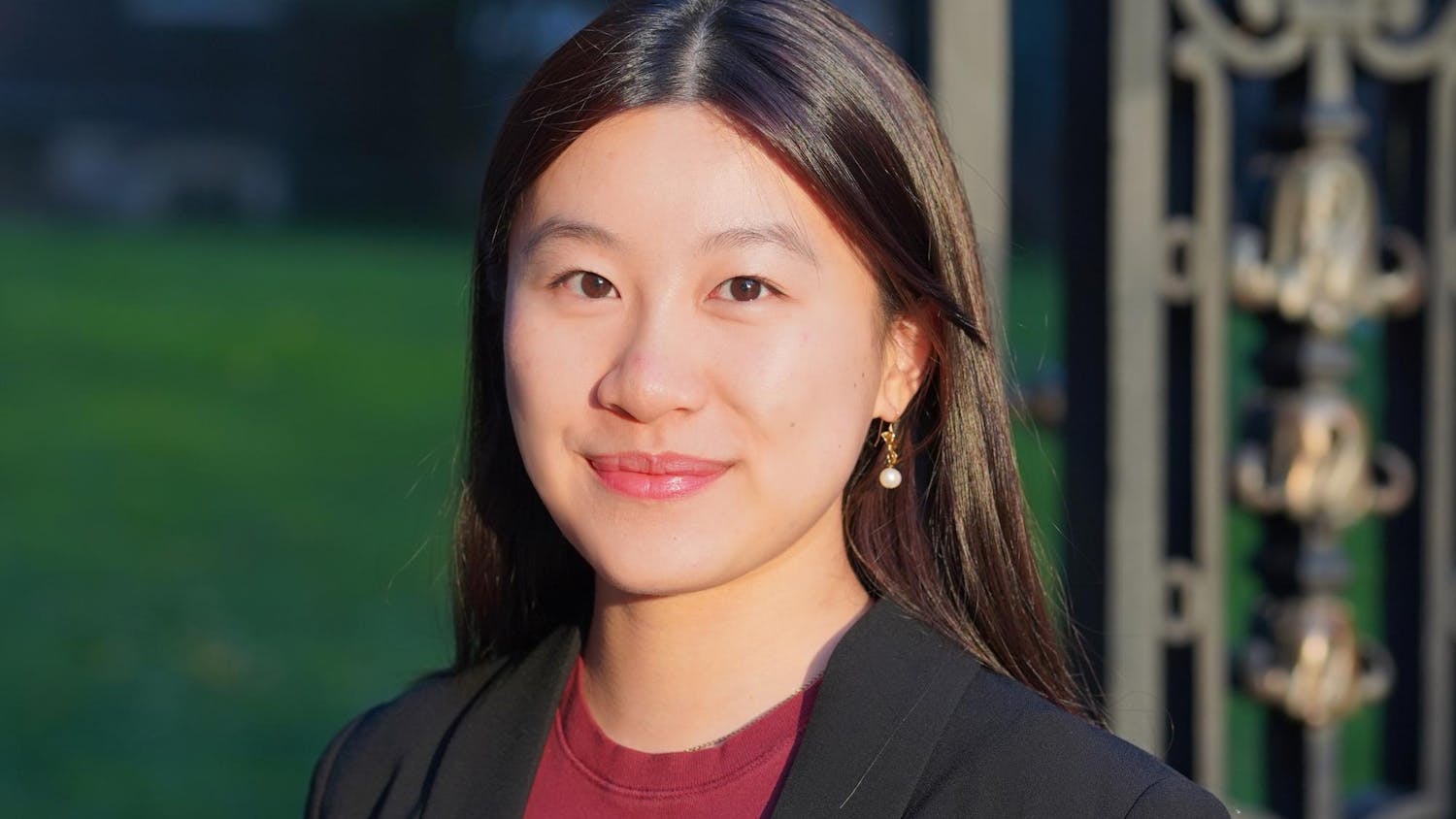Leah DeVun, associate professor of history and vice chair for undergraduate education at Rutgers University, discussed her new book, “The Shape of Sex: Nonbinary Gender from Genesis to the Renaissance,” in a lecture Wednesday hosted by the Program in Science, Technology and Society.
The lecture focused on “ideas and individuals who allegedly combined or crossed sex or gender categories in Europe from 200 to 1400 C.E.,” according to the event’s description. These historical examples of nonbinary gender identity are the topic of DeVun’s new book, published this past May as the culmination of a decade of work.
The event, held in Smith-Buonanno Hall, featured DeVun describing and reading samples from the book, as well as providing audience members with supplementary images from the publication. Over the past decade, DeVun traveled to and from Europe, studying artwork and other pieces of literature to gain insight into the perception of nonbinary people between 200 and 1400 C.E.
The book focuses on “ideas and people who were thought to cross or confound boundaries of male and femaleness in Europe,” DeVun said.
DeVun’s work specializes in the history of gender, sexuality, science and medicine in medieval Europe, along with contemporary queer and transgender studies. DeVun’s work has been highlighted in queer and trans studies publications, including a special issue of the Transgender Studies Quarterly in 2018.
The presentation opened with a focus on the late 12th and early 13th centuries. At the time, a group of European writers began to address sophisticated questions about fetal development and sexual differentiation. A text entitled “On Sperm” was circulated throughout Europe and greatly influenced the perception of gender, arguing that “the size of the body (of a fetus had) something to do with being male or female,” DeVun said.
DeVun’s work also incorporated texts from philosophers, theologians, alchemists, lawyers, poets and physicians to understand how the different people argued for or against “a binary model of sexual difference,” she said.
“At the focus of my work (are) people who were not thought of as male or female but at the time were called androgens,” she said. DeVun noted that the term was then utilized to represent intersex individuals, and that these classifications of sex and gender contributed to a hierarchical structure of social organization in medieval Europe.
Over time, more people began researching sexuality and gender, leading to research into nonbinary identity. Still, those who were nonbinary were viewed as “defective,” DeVun added. For example, art depicted those who identified as nonbinary with animal features.
“We would (see images) of a lion with a human head. That focuses the attention on the (perceived) disordered aspects of nonbinary sex,” DeVun said, adding that studies of nonbinary sex in premodern Europe had a great influence on cultural ideas surrounding gender norms.
Later in the presentation, DeVun referenced surgical manuals from physicians of the time period, which were used to police gender identity. Surgeries took place to “correct” nonbinary individuals and return them to a “natural form of anatomy,” she explained.
In some situations, harmful perceptions of gender identityin medieval Europe overlapped with representations of ethnicity and religion. In the 18th century, Jewish and Muslim people were represented as members of “monstrous races” in European culture, DeVun said, similar to the representation of those who did not fit into the gender binary. DeVun also discussed myths popularized in Europe that described “places that were often considered by Europeans to be far away … (where) there existed tribes of quasi-human peoples ... able to switch between male and female.”
Illustrations that DeVun projected showed representations of these “tribes” of people by European artists, who rendered them with inhuman or animalistic features.
To close her presentation, DeVun touched on the creation story of Adam and Eve. Another piece of art highlighted by DeVun shows Adam and Eve intertwined as one body, with a “‘Y-shaped’ composition.”
“They’re really fused here into one body. This Y-shaped composition was actually a fairly typical way of depicting androgyny and nonbinary idea of sex and gender,” she said.
DeVun emphasized the importance of understanding that nonbinary-identifying individuals have been present throughout all of human history. She noted that there is “not a period of time” where representations of gender fell into a singular “traditional” understanding.
“What I want to do with my book,” DeVun said, “is to put our current conversations about nonbinary gender, and practice and embodiment into a really large framework.”





